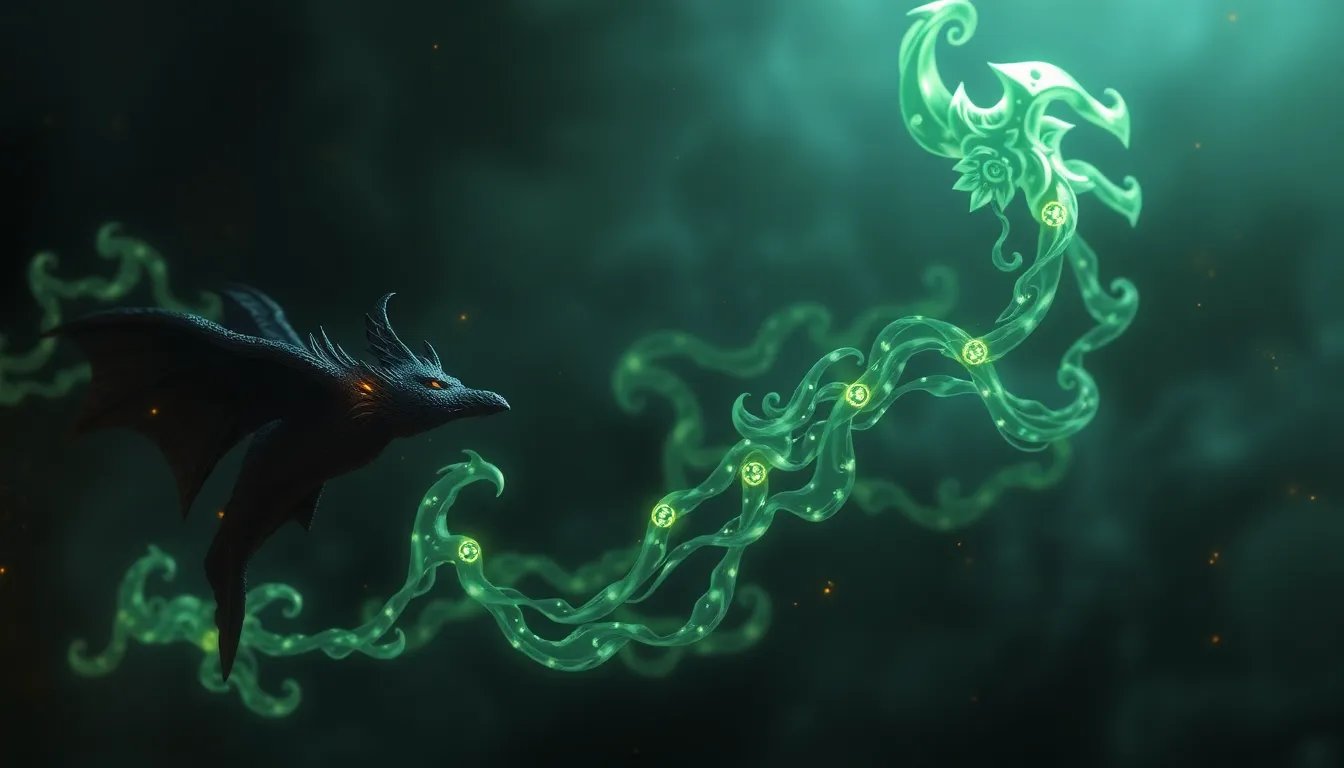The Myth of the Scarab Beetle in Ancient Egypt
What is the significance of the Scarab Beetle in Ancient Egypt?
The scarab beetle, known as “kheper” in ancient Egyptian, held great significance in Egyptian mythology. It was a symbol of regeneration, transformation, and protection. The association between the scarab beetle and the powerful sun god Ra symbolized the concept of life renewed and reborn.
How was the Scarab Beetle linked to the afterlife in Ancient Egypt?
Ancient Egyptians believed that the scarab beetle represented the cycle of life, death, and rebirth. It was closely connected to the idea of transformation and rebirth in the afterlife. The heart scarabs, placed on mummies, were believed to protect the heart in the afterlife and ensure a safe passage to the underworld.
What role did Scarab Amulets play in Ancient Egyptian society?
Scarab amulets were commonly worn by ancient Egyptians as symbols of protection, stability, and the eternal cycle of life. They were believed to bring good luck, ward off evil, and ensure a successful journey into the afterlife. These amulets served both a religious and a practical purpose in Egyptian society.
How did the Scarab Beetle inspire Egyptian art and culture?
The scarab beetle’s influence extended beyond mythology and religion to Egyptian art and culture. Its symbolic significance can be seen in various artifacts, hieroglyphs, and decorative objects throughout ancient Egyptian history. The image of the scarab beetle showcased the Egyptians’ deep connection to nature, spirituality, and the cycle of life.
FAQs about the Myth of the Scarab Beetle in Ancient Egypt
What is the significance of the scarab beetle in Ancient Egypt?
The scarab beetle held immense importance in Ancient Egypt, symbolizing rebirth, transformation, and protection. It also represented the sun god, Ra, and was associated with the concept of eternal life.
How did Ancient Egyptians incorporate the scarab beetle into their beliefs?
Ancient Egyptians believed that the scarab beetle rolled the sun across the sky each day, mirroring the sun’s journey. They also used scarab amulets in tombs, believing it would help guide souls through the afterlife.
What role did the scarab beetle play in Egyptian funerary practices?
In Egyptian funerary practices, scarab amulets were often placed on the mummies to ensure safe passage to the afterlife. The beetle’s association with regeneration and protection made it a crucial symbol in ensuring a successful journey to the afterlife.
How did the scarab beetle myth influence Egyptian art and architecture?
The scarab beetle myth heavily influenced Egyptian art and architecture, with scarab motifs frequently appearing in jewelry, pottery, and even monumental structures like temples and pyramids. This symbol served as a constant reminder of the cycle of life, death, and rebirth in Egyptian culture.



